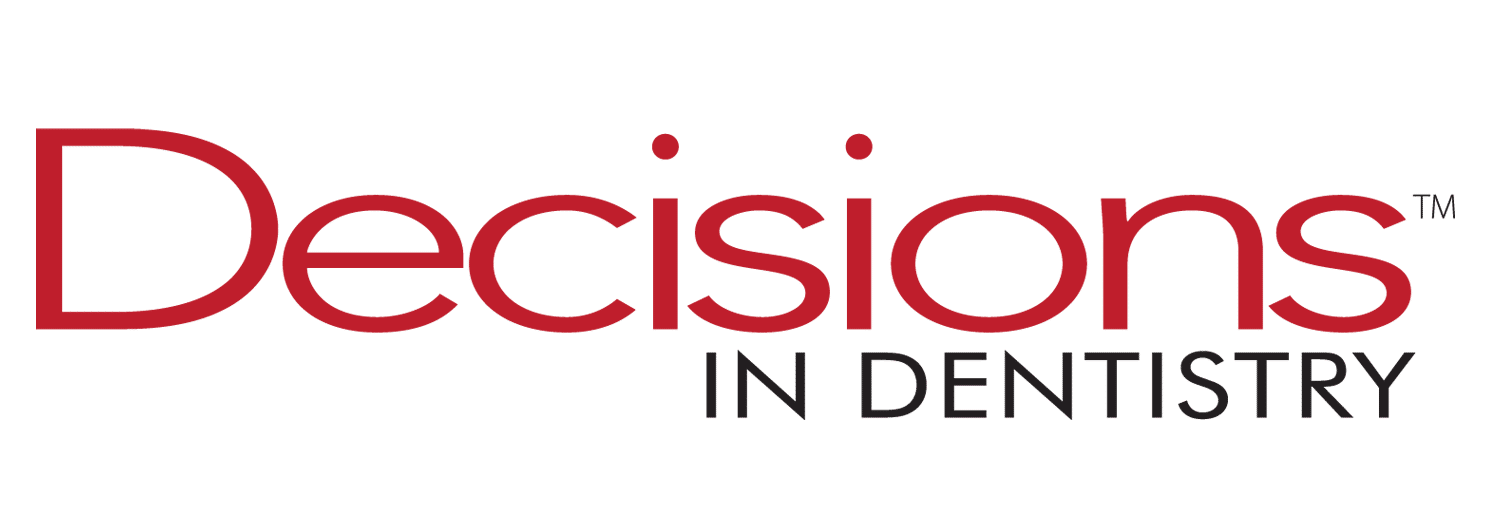Pulpal Stem Cells Studied For Use in Regenerative Therapy for Cranial Defects
A team from the University of Southern California Herman Ostrow School of Dentistry is investigating the use of dental pulp mesenchymal stem cells as a regenerative therapy for cranioplasties.

A team from the University of Southern California Herman Ostrow School of Dentistry is investigating the use of dental pulp mesenchymal stem cells as a regenerative therapy for cranioplasties. The project is part of the Center for Dental, Oral and Craniofacial Tissue and Organ Regeneration (C-DOCTOR), which is a consortium of six prominent California research universities.
As reported in “Mesenchymal Stem Cells and Three-Dimensional-Osteoconductive Scaffold Regenerate Calvarial Bone in Critical Size Defects in Swine,” published in Stem Cells Translational Medicine, investigators sought to solve problems that clinicians face when trying to correct cranial defects. These include not being able to harvest enough of the patient’s bone tissue to fix a defect or the body rejecting donor tissue. Using a three-dimensionally printed scaffold, the C-DOCTOR team successfully healed cranial defects in swine using neural crest mesenchymal stem cells harvested from dental pulp. The new regenerated calvarial bone was comparable to native bone, according to researchers.
“Importantly for pediatric indications, calvarial bone regenerated using this approach will be able to grow with the skull, thus accommodating crucial future brain growth,” the authors note.
From Decisions in Dentistry. August 2021;7(8):6.


